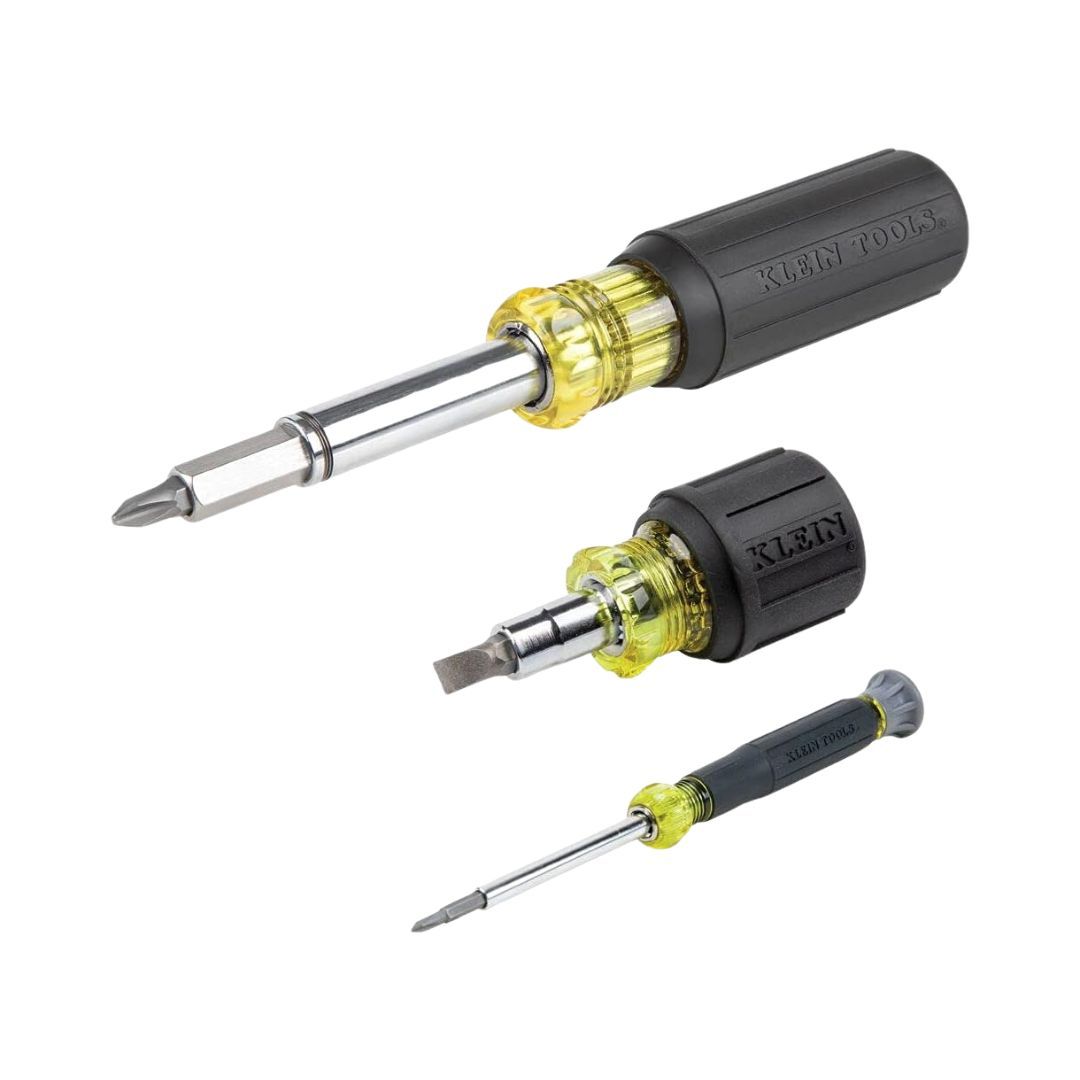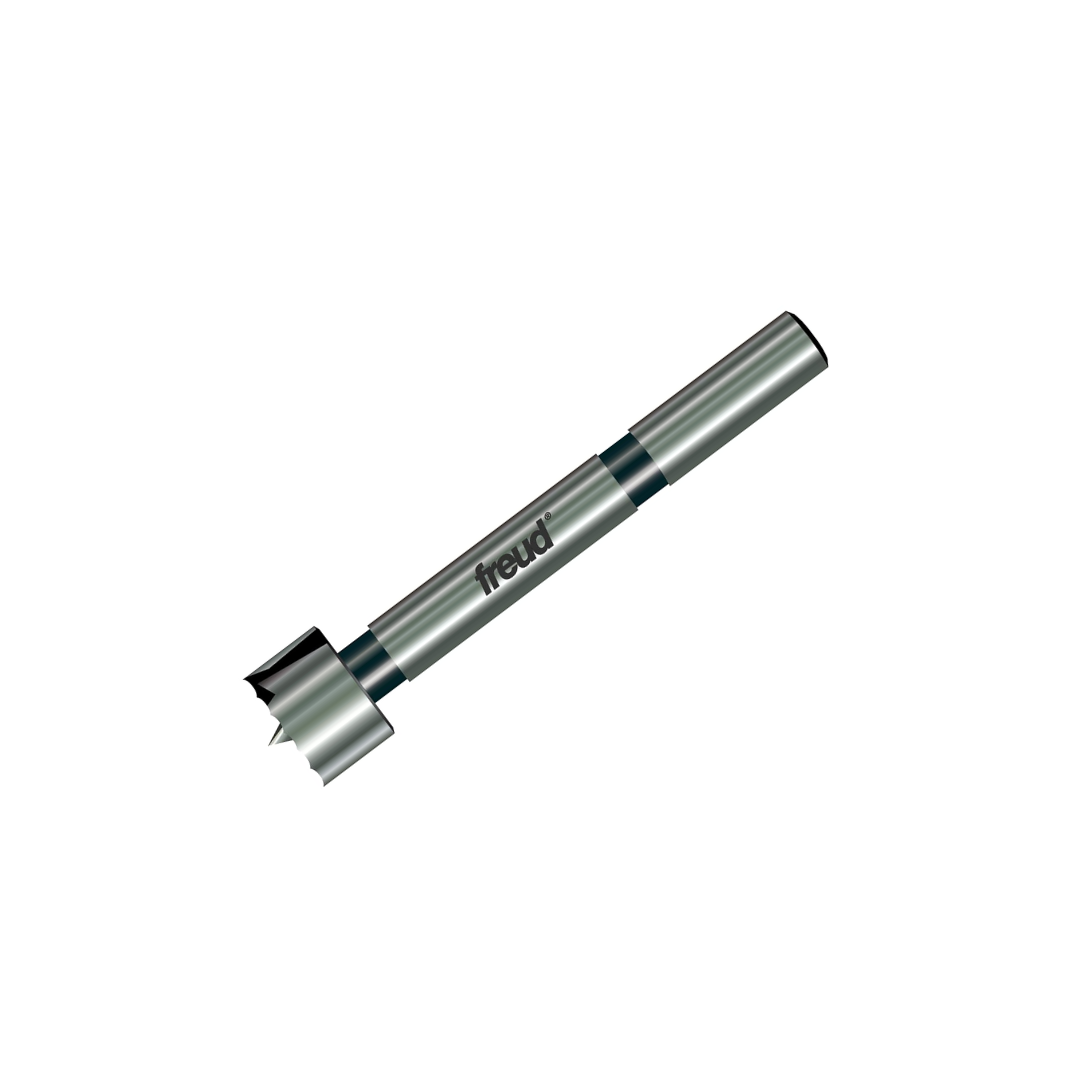We may be compensated if you purchase through links on our website. Our team is committed to delivering honest, objective, and independent reviews on home products and services.
Upgrading old windows with modern spring balances improves their functionality and energy efficiency. This process involves removing the traditional sash weights and replacing them with spring-loaded counterbalances, which provide smoother operation and better insulation. In the video above, This Old House general contractor Tom Silva demonstrates how to replace sash weights with spring balances.
About Sash Weights and Spring Balances
In older windows, sash weights (typically made of cast iron or lead) are attached to the window sashes by cords or chains. These weights are housed in cavities within the wall and work with pulleys to counterbalance the weight of the window sash, making it easier to open and close the window.
Spring balances, such as spiral, constant force, or block and tackle balances, use a spring mechanism to counterbalance the weight of the window sash. They’re more compact and don’t require large wall cavities, making them an efficient and modern alternative.
Benefits of Spring Balances
Replacing traditional sash weights with spring balances is a common upgrade in older windows, especially in homes with double-hung windows that originally used a pulley and weight system. Spring balances offer several advantages over traditional sash weights:
- Increased energy efficiency: Removing the sash weight cavities and sealing the gaps can improve insulation and reduce drafts, leading to better energy efficiency.
- Improved operation: Spring balances often provide smoother and more consistent operation compared to sash weights, especially if the original pulleys or cords are worn out.
- Saved space: Spring balances eliminate the need for large wall cavities, freeing up space that can be insulated or used for other purposes.
- Reduced maintenance: Spring balances generally require less maintenance than sash weights, which can have cords that fray or pulleys that wear out over time.
Types of Spring Balances
There are many types of spring balances for different window styles and weights, including the following:
- Block and tackle balances: A type of window balance mechanism used in double-hung windows to assist in raising, lowering, and holding the sash (the movable part of the window) in place
- Constant force balances: Commonly used in modern double- and single-hung windows
- Spiral balances: Found in both older and some modern double- and single-hung windows
- Tape balances: Made for certain types of double- and single-hung windows
Before starting the replacement process, assess the window’s condition and weight. Silva demonstrates in the video how to weigh the sash using a bathroom scale, ensuring that the chosen spring balance can adequately support the window’s weight.
Considerations Before Starting Sash Weight Replacement
First, here are a few things to know and take care of:
- Window condition: Check that the window sashes and frames are in good condition before replacing the balances. If the wood is rotting or the joints are loose, you may need to make repairs before or during the conversion.
- Sash weight removal: Removing the old sash weights involves opening up the access panels or cutting into the wall to remove the weights. This can be a messy and time-consuming process, and you’ll need to work carefully to not damage the window frame or surrounding wall.
- Cavity sealing: After removing the sash weights, the cavities in the wall should be insulated and sealed to prevent drafts and improve energy efficiency. Foam insulation or other materials can be used to fill the voids.
Tools and Materials To Replace Sash Weights
To replace sash weights with spring balances, you’ll need the following:
- Bathroom scale
- Drill/driver
- Forstner bit
- Insulation
- Lubricating paste
- Metal hooks
- Screws
- Screwdriver
- Spring balances
- Utility knife
Removing the Old Sash and Weights
To begin replacement, score the paint along the stop bead with a utility knife to prevent chipping. Unscrew and remove the stop bead. Then, cut the sash cord at each side jamb. Carefully remove the window sash and set it aside. Remove the pulleys from the side jambs.
Preparing the Jambs
To accommodate the new spring balances, you’ll need to modify the existing pulley holes in the side jambs. Use a Forstner bit and drilling guide to lengthen the old pulley hole in the side jambs. Set the counterbalance in place and mark the outline of its faceplate on the side jamb. Use the Forstner bit to mortise the jamb so the faceplate sits flush.
Installing the Spring Balances
With the jambs prepared, you can now install the new spring balances. Detach the old cords from the sash and screw in metal hooks. Remove the old sash weights from the wall and insulate the wall void. Apply paste wax to the edges of the sash for smoother operation. Screw a spring-loaded counterbalance to each side jamb. Pull out the retractable steel tape from the counterbalance and attach it to the hook on the sash.
Reinstalling the Sash
Once the spring balances are in place, you can reinstall the window sash. Carefully set the sash back into the window frame and reattach the stop bead. Check the operation of the sash for smooth movement.
Replacing Window Sash Weights: Troubleshooting Common Issues
While replacing sash weights with spring balances is generally straightforward, you may encounter some challenges during the process.
Adjusting Balance Tension
If the window doesn’t stay open or is difficult to lift, you may need to adjust the balance tension. Most spring balances have adjustment screws that allow you to fine-tune the tension for optimal performance.
Dealing with Uneven Windows
In some cases, you may find that one side of the window is heavier than the other. This can be solved by using different strength balances on each side or adding small weights to the lighter side to achieve proper balance.
Addressing Stuck or Binding Windows
If the window becomes stuck or binds after installation, check for the following issues:
- Improper alignment in the frame
- Insufficient lubrication on the sash edges
- Overtightened stop beads
Maintaining Your New Spring Balances
Don’t forget to maintain your newly upgraded windows regularly to keep them functioning properly. Periodically clean the window tracks and apply a silicone-based lubricant to the balances and sash edges. This will help maintain smooth operation and prevent wear on the components.
Regularly inspect the spring balances for signs of wear or damage. Look for frayed or damaged tapes, loose screws or attachments, or unusual noises during operation. Quickly addressing any issues will help your spring balances last longer and work well.




